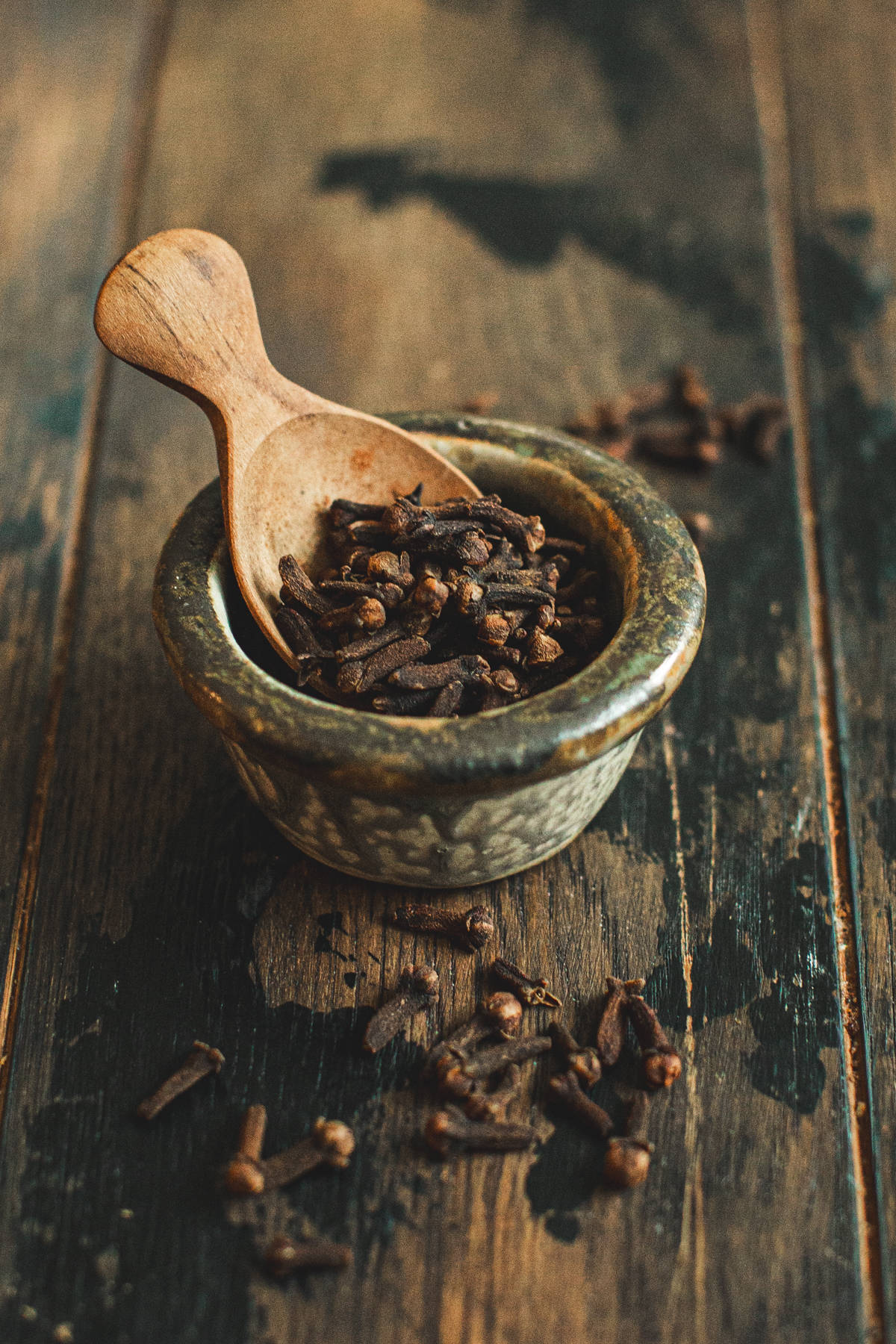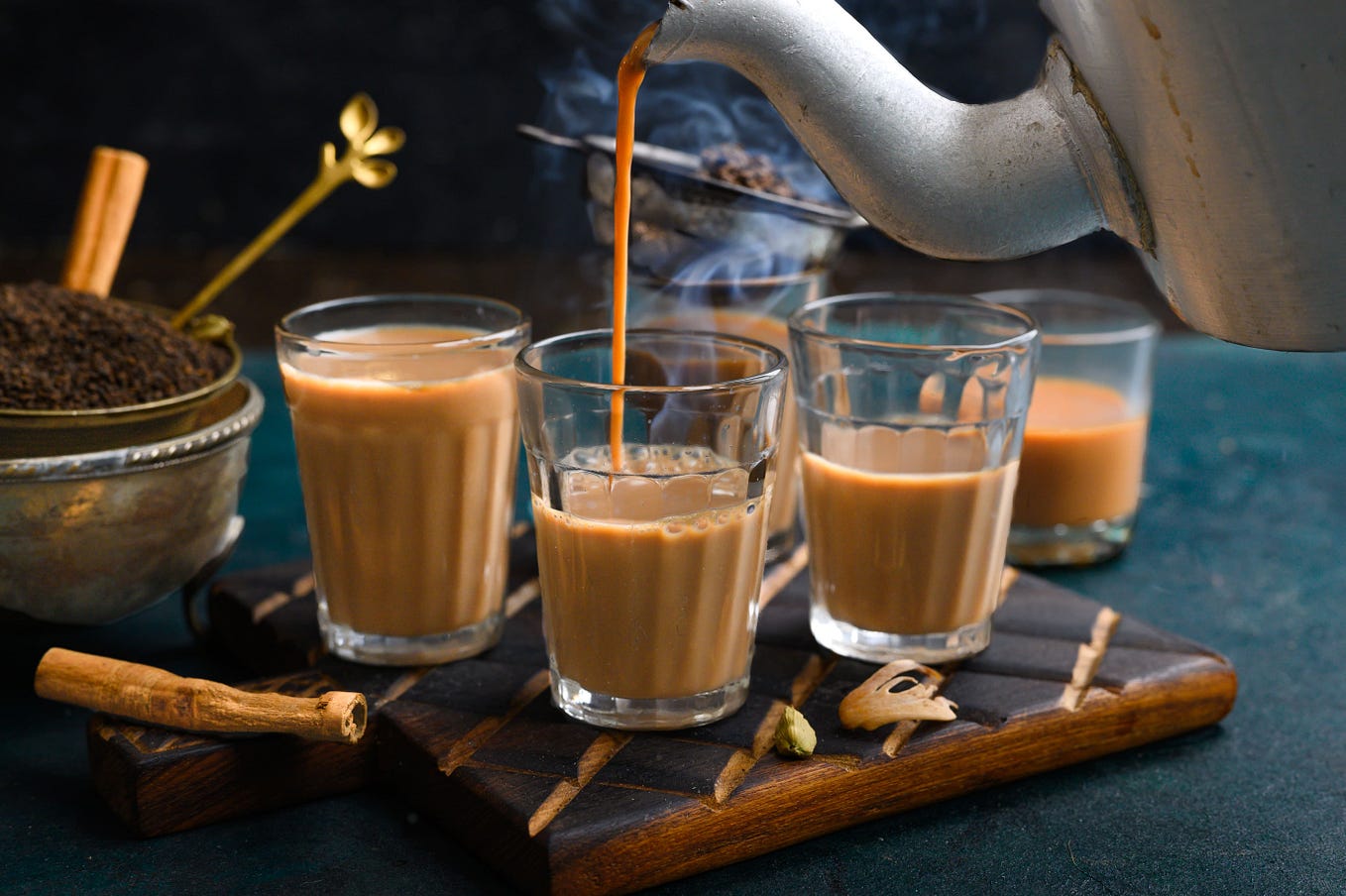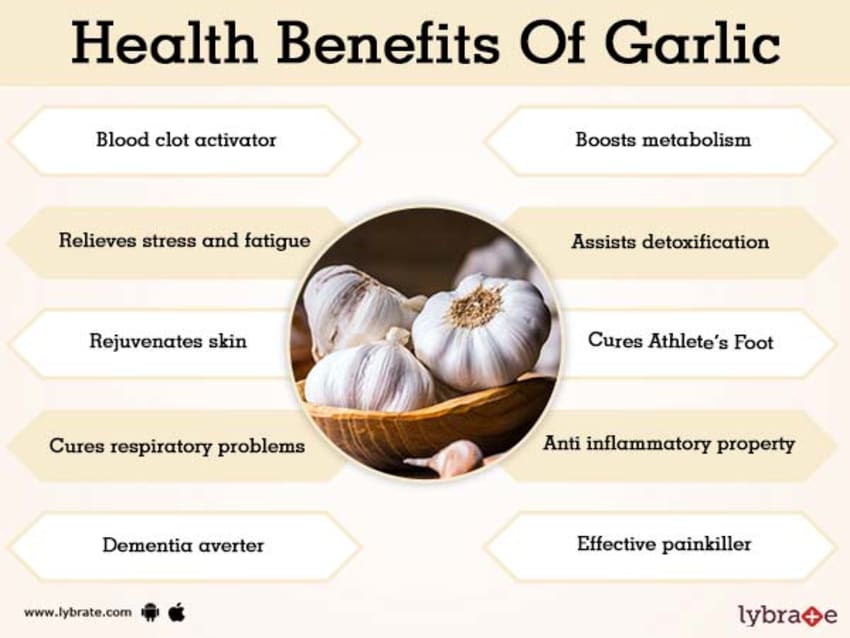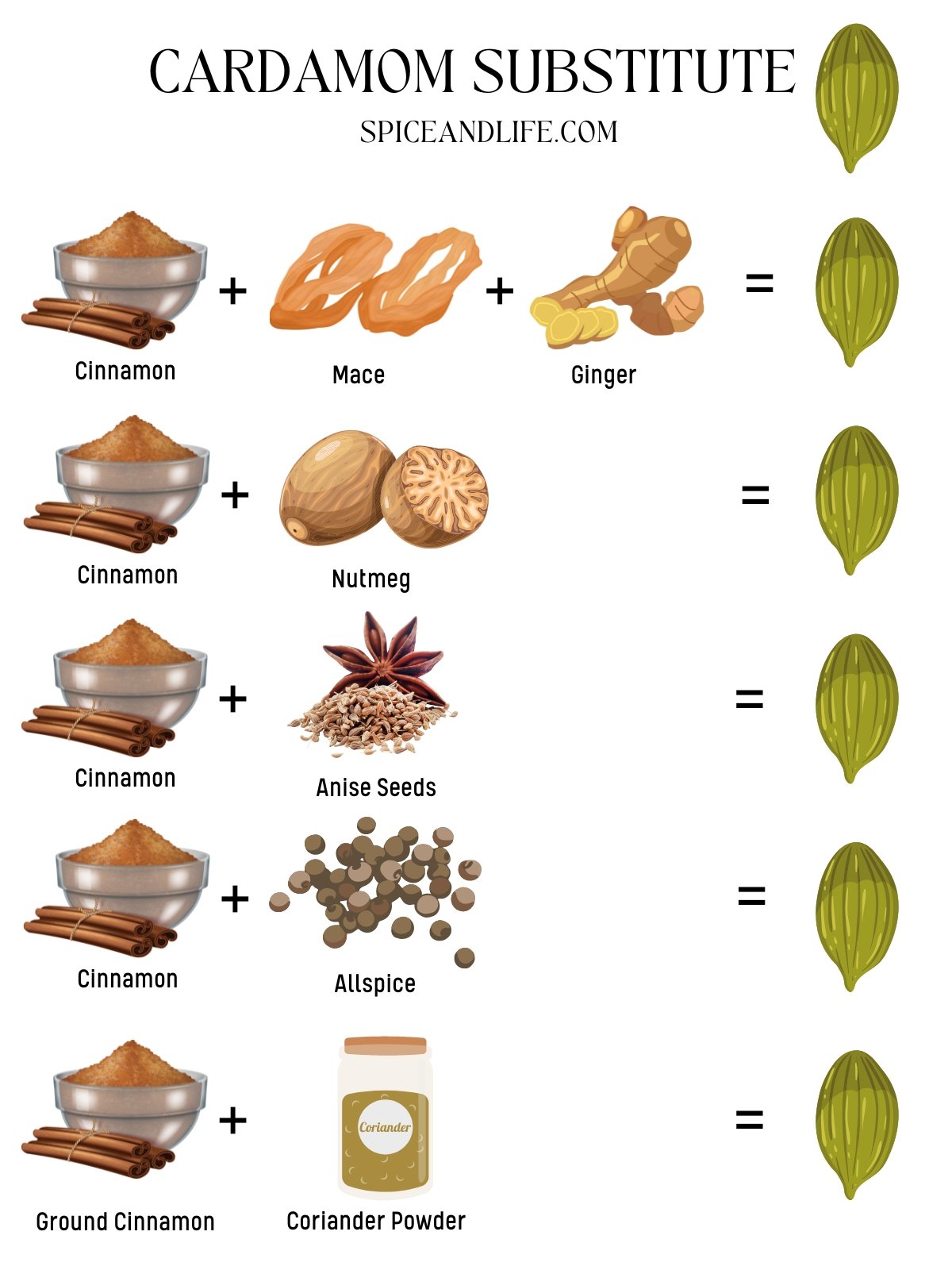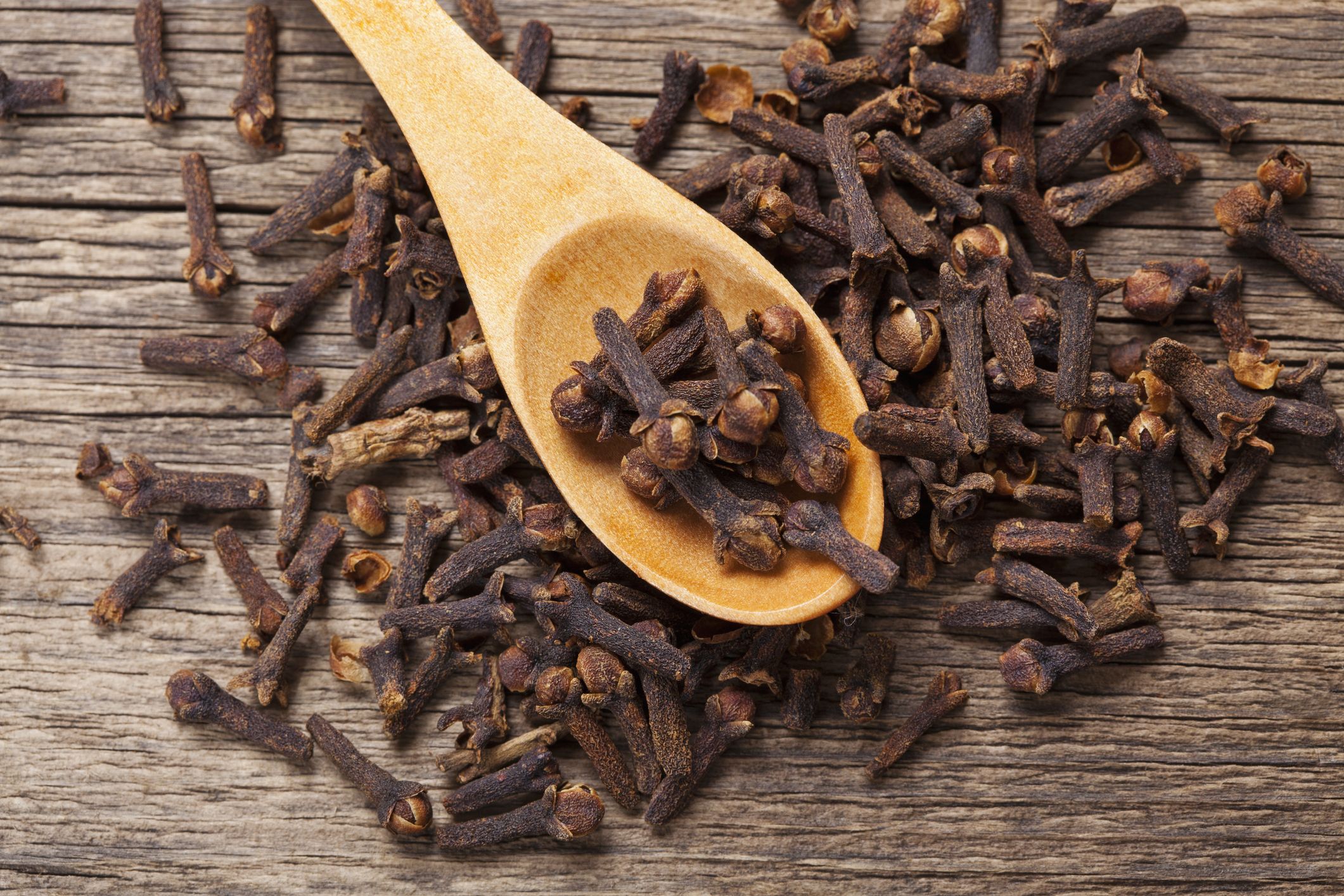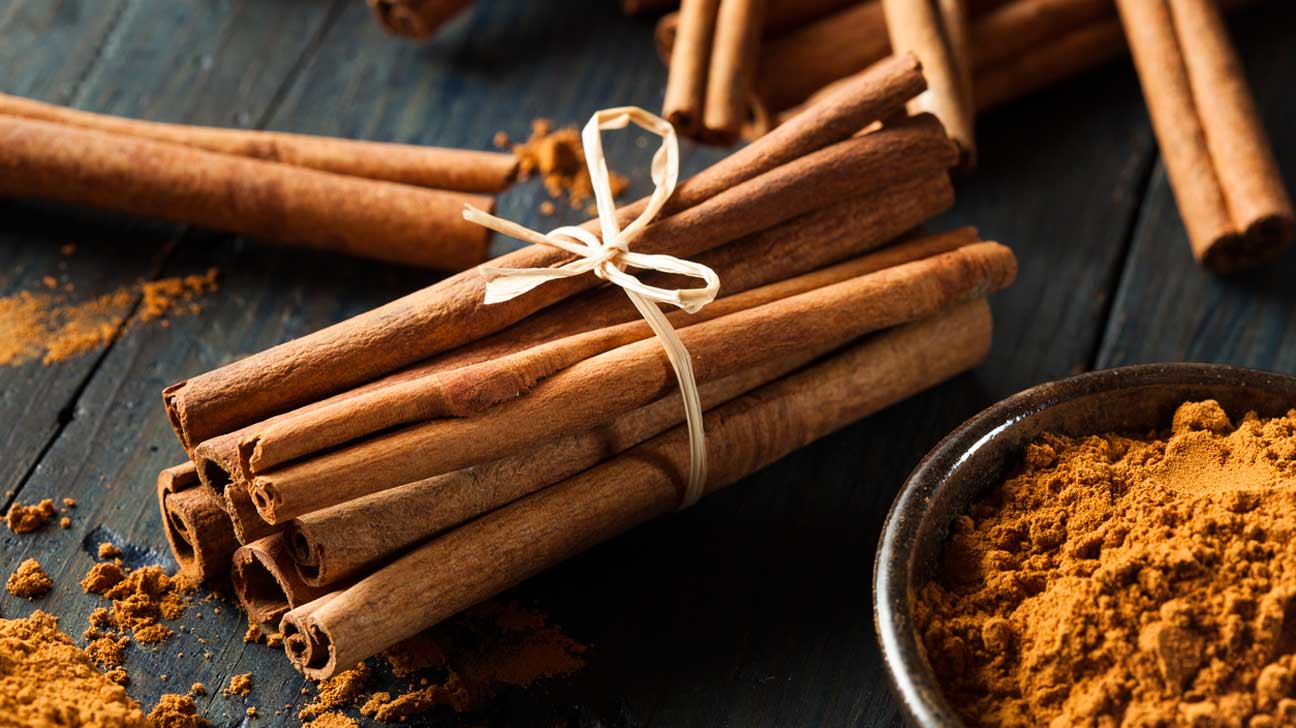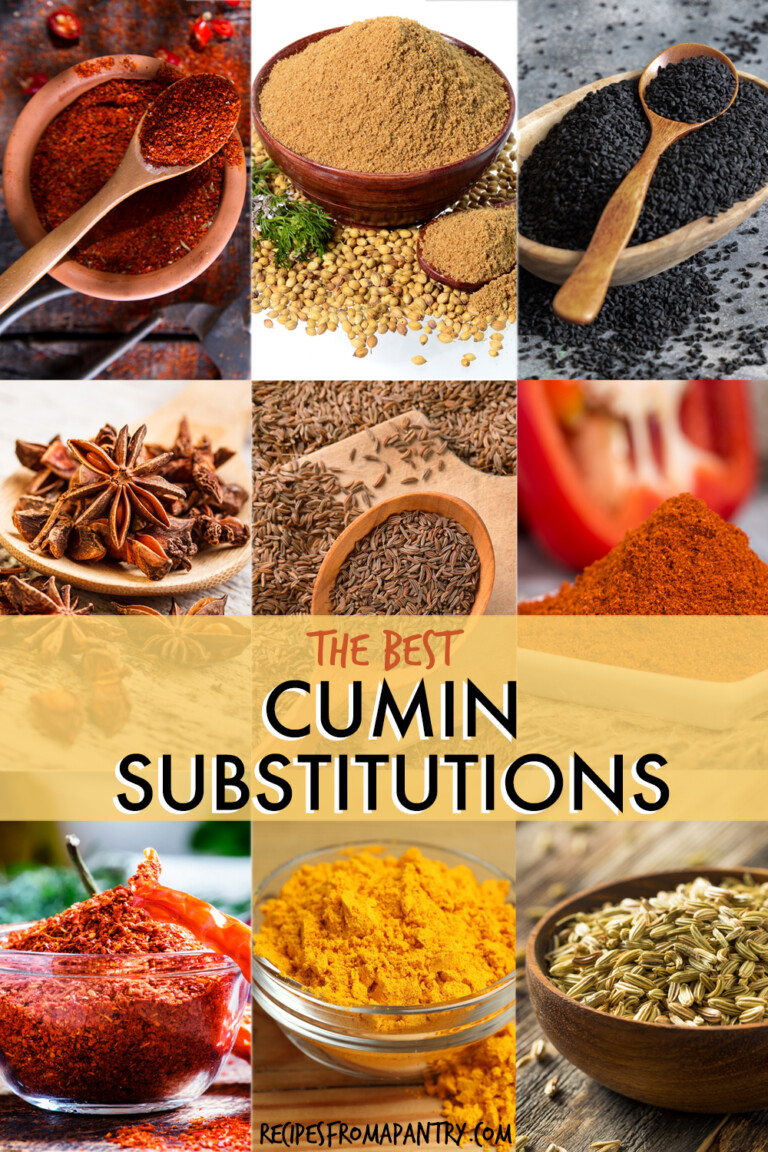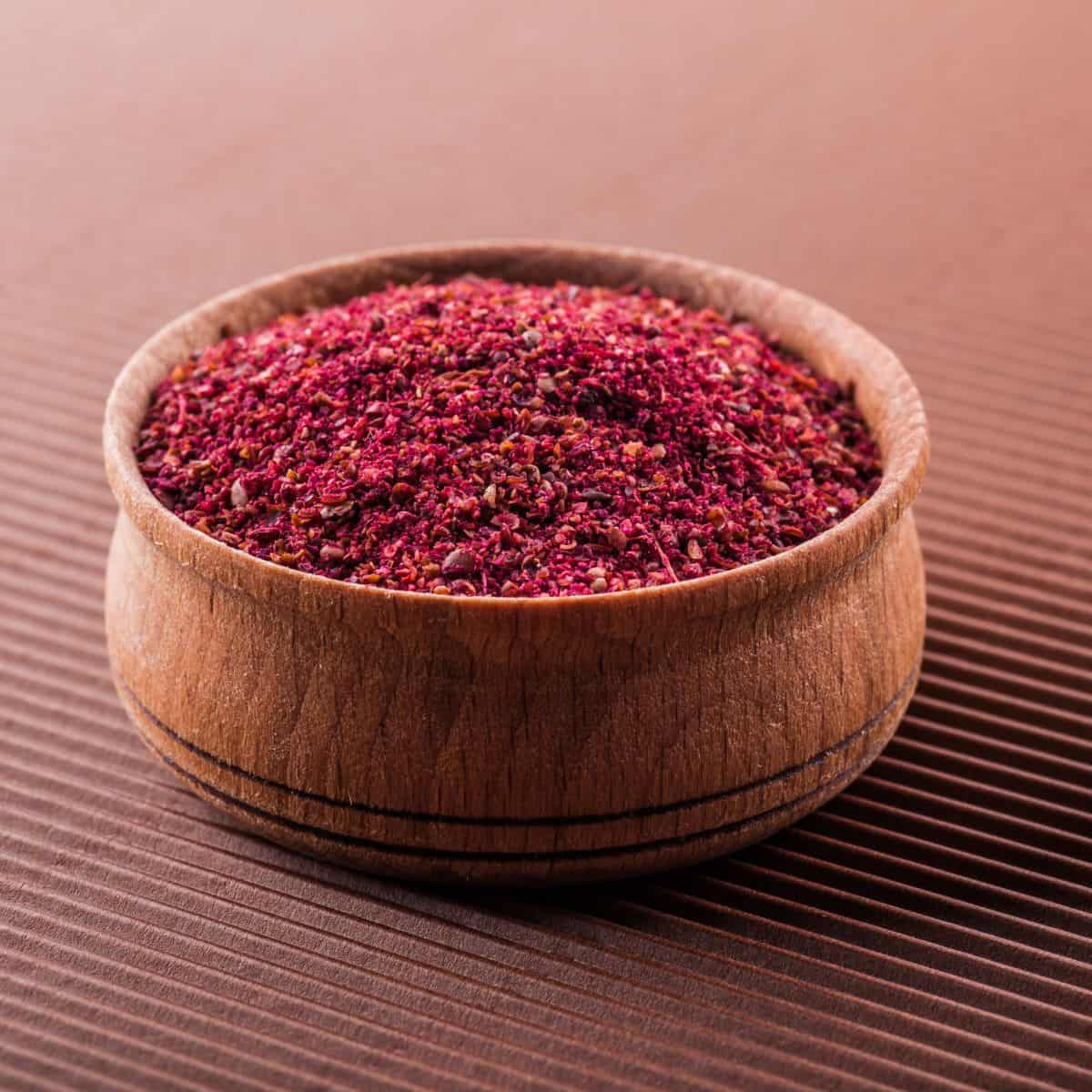Cloves Substitute: Discover Flavorful Alternatives for Culinary Delights
– Allspice
– Nutmeg
– Ground Cardamom
– Cinnamon
– Pumpkin pie spice
– Apple pie spice
– Mace
– White peppercorns
– Black peppercorns
– Star anise
– Fennel
– Five Spice Blend
– Cumin
– Spice combinations (e.g., nutmeg + allspice, cinnamon + nutmeg, nutmeg + cardamom)
– Ground cloves (as a last resort substitute for ground ginger)
